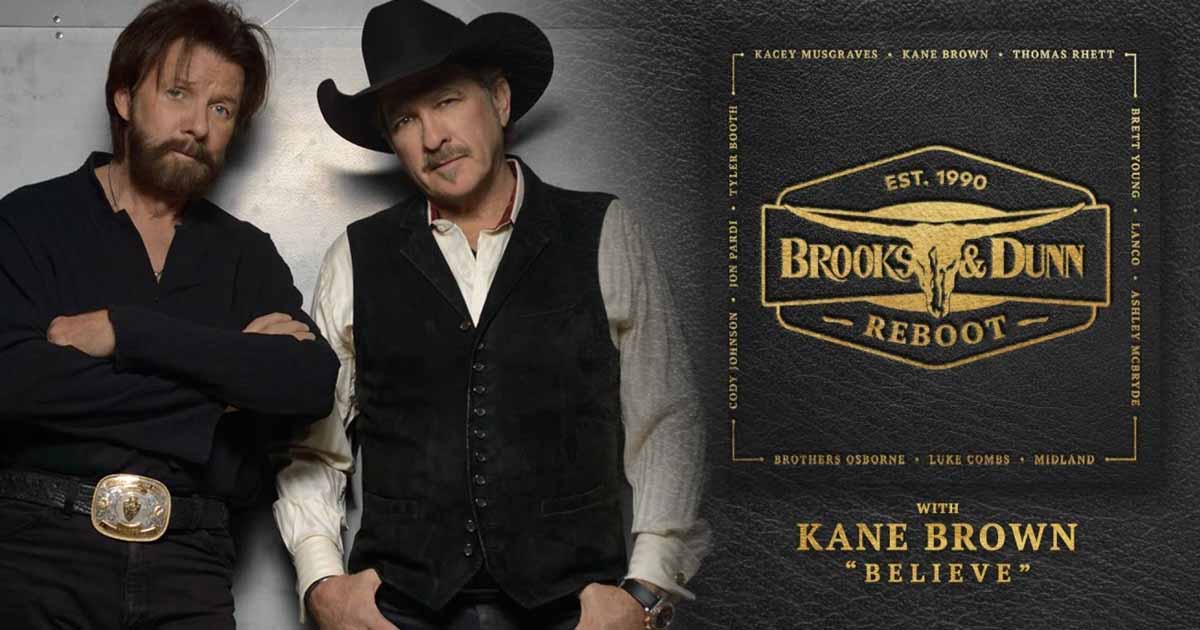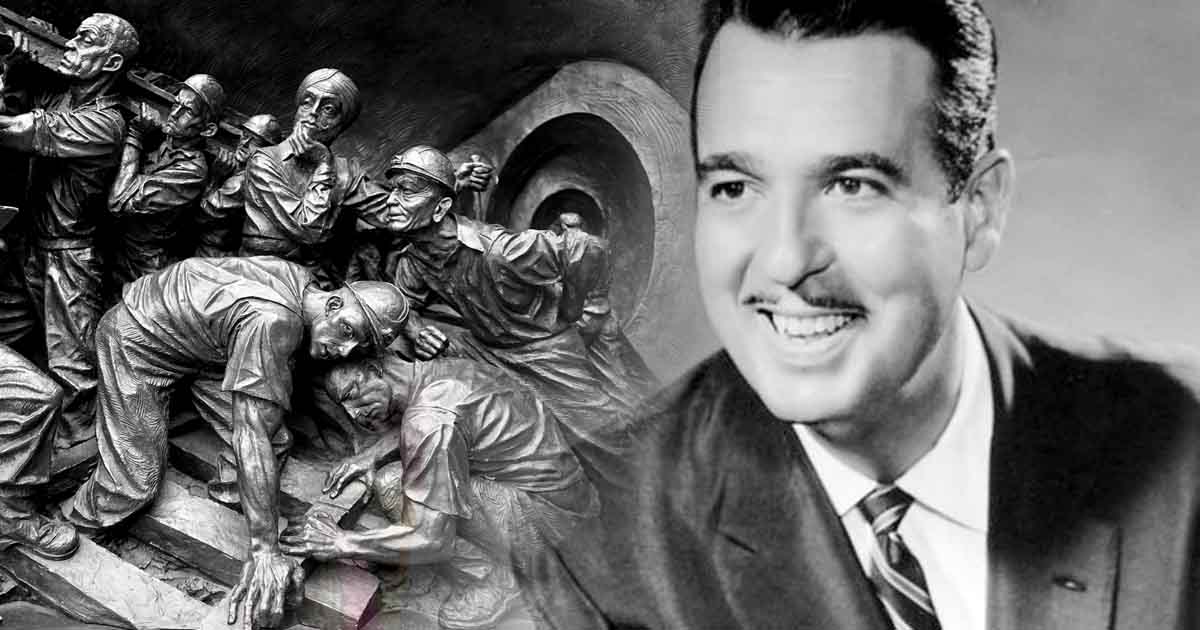Early Life
Tracy Lawrence was born in Atlanta Texas on January 27, 1968. He has two brothers and three sisters. At four-years-old, Lawrence and his family moved to Foreman Arkansas. As Tracy’s family welcomed a new environment, it also gave Lawrence an opportunity to mold his talent for music. He began singing for the local Methodist Church choir and also learned how to play the guitar. Growing up, Lawrence’s mother would push him on becoming a minister. But his passion for music would prevail as he started his musical career. Lawrence started to perform in local clubs at the age of 15. Two years later, he joined a local honky-tonk band.
Tracy Lawrence studied at Arkansas University to pursue a degree in mass communications. Unfortunately, Lawrence dropped-out to sing for a band in Louisiana. In the year 1990, the band broke up and Lawrence decided to move to Nashville, Tennessee.
Success didn’t come immediately for Tracy Lawrence. He found himself doing odd jobs for seven months since he moved. Wayne Edwards discovered Lawrence as he was performing at an artist showcase in Nashville. Edwards helped Tracy Lawrence to sign a recording contract with Atlantic Records Nashville Division.
Musical Style
Tracy Lawrence gained much love and recognition for the style of music that he presented. He was noted as someone who has a polished modern-day honky-tonk voice. Alongside with this style of singing, Lawrence also presented a smooth and warm baritone feel to all his songs. More to that, he also gained a large number of followers as he presented a mixture of modern and traditional styles.
Tracy Lawrence noted Merle Haggard, Keith Whitley, and George Strait to be his primary musical influences.
Sticks and Stones
After signing with Atlantic Records, Tracy Lawrence began working on his debut album “Sticks and Stones.” On May 31, 1991, Lawrence finished recording all of his vocal tracks for the album. Yet the release of the album was delayed due to the accident that Lawrence had. It happened when Lawrence was walking a high school friend, Sonja Wilkerson, to the door of her hotel at the Quality Inn in downtown Nashville. Wilkerson and Lawrence was confronted by three men who had the intention to rape Wilkerson and rob both of them. Lawrence resisted and as a result, he was shot four times. Wilkerson, fortunately, managed to escape. Lawrence would later-on undergo surgeries for the wounds sustained from the attack.
“Sticks and Stones” was later released late 1991.It didn’t take long for Tracy Lawrence’s debut album to make a splash as it held four singles that was on the Billboard Hot Country Charts. First of these singles was the album’s title track. It went on to be the top song on the Country chart in January 1992. This was followed by three additional top ten hits namely, “Today’s Lonely Fool,” “Runnin’ Behind,” and “Somebody Paints the Wall.”
“Alibis”
Two years after the release of his first album, Lawrence released his second album that earned a Double Platinum RIAA certification for shipments of two million copies. This album would later on create a bigger splash in Tracy Lawrence’s career as all of the four singles in this album reached the number 1 spot in the country charts between 1993 and early 1994. These songs were: “Can’t Break It to My Heart,” “My Second Home,” “If the Good Die Young,” and the title track.
The album featured songs that were co-written by Don Schlitz, Randy Boudreaux, and Craig Wiseman. Lawrence did collaborate with Elbert West to write “Can’t Break It to My Heart” to whom he had previously worked with as he wrote the song, “Sticks and Stones.” Lawrence admitted that he had to convince the management of Atlantic Records to pursue recording “Can’t Break It to My Heart.” The reason being is that the management preferred Lawrence to produce more ballads like his label-mate, John Michael.
Tracy Lawrence in the 90’s – Present
Throughout his whole career, Lawrence was able to contribute multiple collaborative works in his career. This included his collaboration with George Jones’ single in 1992 “I Don’t Need Your Rockin’ Chair,”
Tracy Lawrence was a part of the several artists that performed during the final chorus of the song. He was also featured in a multi-artist track of “Amazing Grace” in 1994.
“Made In America,” another much-loved record by Tracy Lawrence, gets credited for its appeal to motivate younger Country artists to not give up on their roots.


















